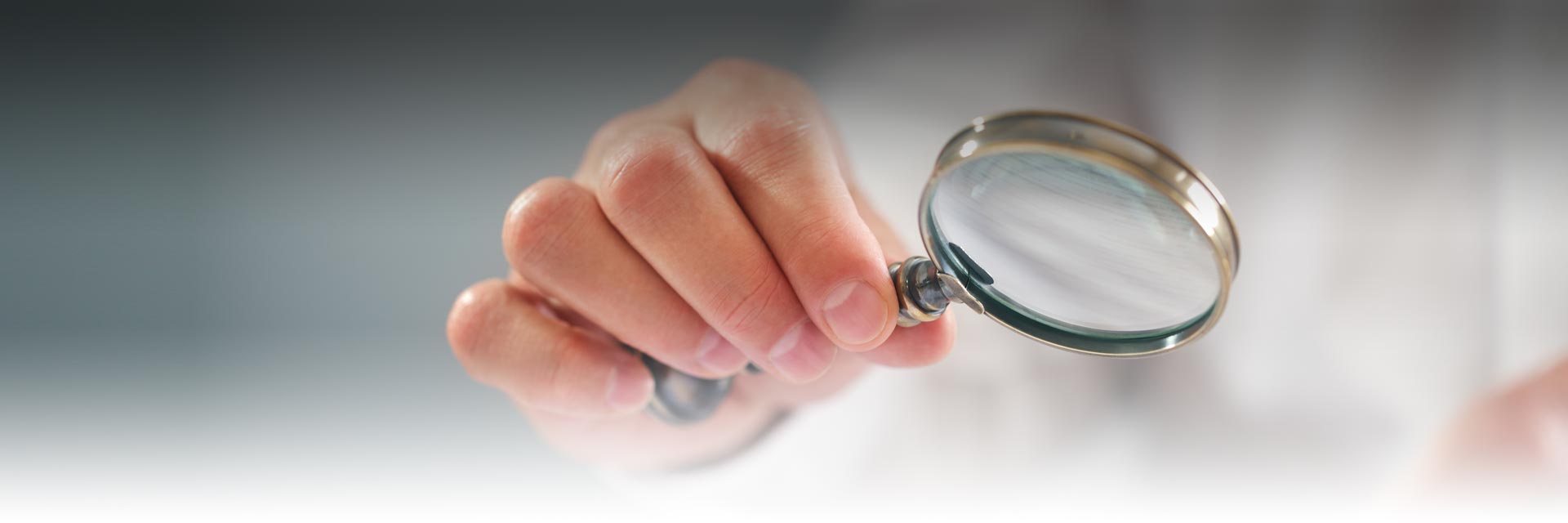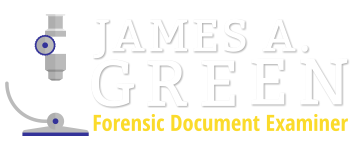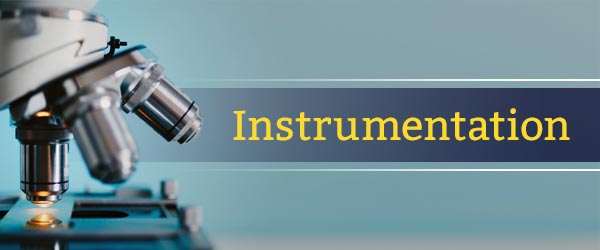
Additional Document Examination Services
Below are additional document examination services I can provide, depending on which may apply to your case:

Ink Comparisons
Alterations or obliterations are commonly made to accounting journals, checks, wills and other documents. Give thought to how entries are made; a person takes pen in hand and writes what they wish. The same pen is used unless a pen failure takes place. During an intentional alteration of a numeral or date, a ‘forger’ would commonly have to use a different pen. To minimize the change, the person will use a pen having a similar color of ink. Although the altered numerals or text may blend with the original entry, an analysis of the ink of the questioned entry can provide evidence of the alteration. Specialized laboratory instruments used by a document examiner, or an ink chemist, are used. One instrument commonly used to discriminate inks, or to resolve obliteration issues, is a Video Spectral Comparator (VSC). The examination is non-destructive to documents.
Case Example: During the delivery of a baby, chart notes were kept by a medical staff member at the hospital. Tragically, the child died during the delivery due to complications. The primary doctor was later suspected of altering a numeral in a chart note related to the amount of medication given the mother during the procedure. The number at issue appeared to be written with the same pen. However, the alteration occurred at a later date and the original pen was not available to the doctor. An examination of the original chart note was conducted with a VSC, mentioned above. The instrument clearly confirmed the alteration of the numeral based upon the ink chemistry.

Obliterations
Original text or other entries may be covered with an obliterating fluid such as Liquid Paper®. Holding the document to a light source will commonly allow a person to identify the writing beneath the fluid. However, multiple layers of the fluid, or extensive writing on top of the fluid, may make it quite difficult to decipher what the original writing was. A document examiner will have non-destructive methods that are usually successful in resolving the issue.
Case Example: An attorney retained me to recover sections of handwritten text that were obliterated in a letter. The writing in question was related to a sexual abuse case involving an adult male and a male child. The adult “big brother” wrote the letter to the young victim with incriminating admissions. The admissions were masked by the ink and simple back-lighting was of no value in deciphering the text. An examination of the obliterations in the infrared light spectrum, using a VSC, clearly revealed the damaging statements.

Cut and Paste Fabrications
A common allegation is a person’s signature that was transferred to a document by a cut and paste process. If this actually occurs, the ‘original’ document (with a signature written with a pen), cannot be produced. An excuse will be made for the absence of the original.
In any case where a purported signed original is made available for inspection, the first observation made is whether the signature is an original or a machine copy. If the signature was, in fact, written with a writing instrument the contention of a cut and paste process is removed from further consideration.
There is a variety of computer software available to effectively create a signature transfer. Having a document examiner confirm a signature was not an original, particularly in conjunction with the “source” signature identified that was used for the cut and paste process, is commonly of value to the client.
Case Example: A $12 million contested will had the purported signatures of the descendant on several documents. At the trial, exhibits were used to demonstrate the simulation of the descendant’s signature as well as ‘cut and paste’ transfers of the notary’s signature and stamp.

Indentations
Many clients are unmindful of indentations on a document. A laboratory instrument, such as an Electrostatic Detection Apparatus (ESDA), is specifically designed to recover indentations. The ESDA provides a non-destructive document examination. Although some indentations may be noted on paper, many fiber disturbances are not identified until the laboratory instrument is used. Indentations may help to establish, or disprove, a sequence of entries in medical records, a contract or other multi-paged documents.
Case Example: An attorney submitted documents related to a significant internal theft incident. The company not only wanted evidence of the theft but hoped to locate where the stolen assets were located. The non-visual indentations on the pages were made visible, detailing locations and account numbers of value to the client.

Tracings
Although not as common as a free-hand simulation of signatures, tracings still occur. The process hasn’t evolved much over the years; a known signature sample is placed against a light source and the document to be ‘forged’ placed over the top. The writer simply follows the outline of the known signature. Due to the attention the writer must give to tracing the genuine signature, the writing process is very slow. The strokes may have tremor or a ‘shakiness’ quality. There may be unnatural stops and starts.
Case Example: A client submitted a mining claim form valued at $50 million. The client stated he had not signed the document which transferred the involved property to a company he had a business relationship with. I asked for, and received, all business documents he signed for the opposing party. Among the documents was a copy of his driver’s license. That signature proved to be the ‘model’ signature traced on the contract in question.
Contact
James A. Green,
Forensic Document Examiner
2456 Suncrest Ave,
Eugene, OR 97405

